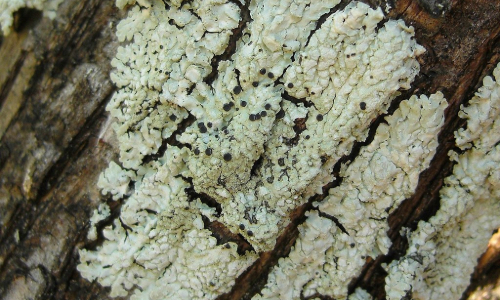From Sausages to Symbiosis: Exploring new microbial discoveries
Posted on February 1, 2024 by Clare Baker
Each month, the Microbiology Society publishes the International Journal of Systematic and Evolutionary Microbiology, which details newly discovered species of bacteria, fungi and protists. Here are some of the new species that have been discovered and the places they've been found.
Do you remember the discovery of a new bacteria in Sauerkraut from the last ‘New to Science? Well, we’re keeping with the food theme this month but moving to an artisanal Govedji Kulen sausage from Montenegro. The novel bacterium was discovered during a study which focused on the characterisation of bacterial populations in traditional dried Montenegrin sausages. Our new bacterium, Enterococcus montenegrensis, belongs to the genus Enterococci, which play an essential role in the fermentation of a variety of food products, such as Govedji Kulen, adding to the aroma texture flavour and taste. They also enhance the safety of these products by producing antimicrobial substances such as bacteriocins, organic acids and hydrogen peroxide that inhibit the growth of diverse foodborne pathogens and spoilage microorganisms.
We’ll be staying in Europe for our next microbe and looking to Germany. Our microbe was isolated as part of a wider cultivation effort - the first repository of bacteria obtained from the crop and small intestine of chickens using culturomics. Thereby improving the potential handling of chicken microorganisms with biotechnological applications. Eight new microbes were identified Ligilactobacillus hohenheimensis, Limosilactobacillus galli, Limosilactobacillus avium, Limosilactobacillus pulli, Limosilactobacillus viscerum, Limosilactobacillus difficilis and Clostridium butanoliproducens were added to existing genera while a new genus Faecalispora was created to home the novel bacteria Faecalispora anaeroviscerum. The gains of Faecalispora necessitated the loss of two microbes from Clostridium.
Two new members of the phylum Pseudomonadota were isolated from the wastewater treatment system of a pharmaceutical factory. The first of the microbes, Pseudomonas triclosanedens, earns its name from its ability to degrade an emerging pollutant triclosan. The second novel microbe, Comamonas resistens, is also named after one of its characteristics – the ability to resist antimicrobials.
The Comamonas genus has gained another new Chinese member this month. Comamonas endophytica is a novel indole acetic acid producing endophyte (an organism that lives between living plant cells) isolated from bamboo plants (Indosasa shibataeoides) in China. The novel strain was isolated while screening plant-growth-promoting functional strains associated bamboo in the Jiuyi mountains. Previous research has shown that micro-organisms affect the growth and development of plants and their adaptation to environmental changes, contributing to the maintenance of bamboo forest ecosystems.

Shall we end on a more promising note with our final microbe? Actinoplanes pyxinae is a novel, rare actinobacterium isolated from Pyxine cocoes lichen collected from Chaiyaphum, Thailand which has displayed antimicrobial and anticancer activity. Lichens are symbiotic organisms which have a mutualistic relationship with other microbes and next generation sequencing has shown that they contain a rich diversity of bacteria, many of which have not yet been identified. Our new microbe has demonstrated antimicrobial activity, inhibiting Gram-positive bacteria and yeasts. Not only that, A. pyxinae it has also demonstrated and anticancer activity against human melanoma MNT-1, human colon cancer Caco-2 and human breast cancer MCF-7.

